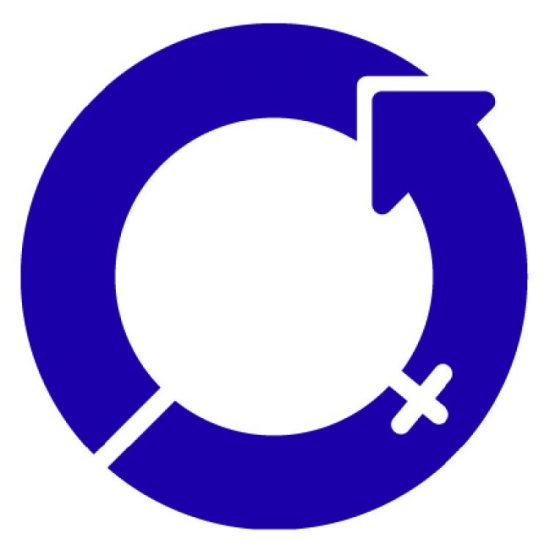IWD: The History and All You Need to Know About It in 2018

March 18, 2018
Celebrated every year on March 8th, International Women’s Day is “a celebration in many countries around the world. It is a day when women are recognized for their achievements without regard to divisions, whether national, ethnic, linguistic, cultural, economic or political. International Women’s Day first emerged from the activities of labor movements at the turn of the twentieth century in North America and across Europe”, according to the United Nations.

The idea of this day was conceived nearly a century ago; the very first National Woman’s Day occurred on February 18th, 1909 in the U.S., as a remembrance of the 1908 New York garment strike. The year after that, an International Women’s Day was declared at the Second International Conference of Women held at Copenhagen, although no specific date was chosen. From then on, International Women’s Day has not only been used to increase women’s rights but also to challenge inequality at work for women and to protest against wars. From the early 20th century to the 1970s, “protests were organized many times on the date of March 8th, and in 1975”, the date was finally officialized by the UN as International Women’s Day as it is now. Annual themes have been developed starting in 1996, with the theme that particular year being “Celebrating the Past, Planning for the Future.”

The theme for 2018 is Press for Progress, which means that changes cannot happen overnight but progress is inevitable. March 8th is just the day this theme starts to come into effect and the significance of it will remain active throughout the whole year. The symbol of International Women’s Day is a purple Venus and one way to express positive messages on this day is by wearing certain colors including black, red, purple, green, white or pink. Black symbolizes solidarity; red, strength and power; purple, loyalty, justice or dignity; white, purity; green for hope; and pink, love. Purple, green and white were three colors that suffragettes worn at the time of Women’s Suffrage Movement, and they’re still relevant today as their meanings still apply to celebrating International Women’s Day.
On March 8th, the U.S. is not the only country to hold rallies or protest. Countless countries are marching on this globally important day and the official International Women’s Day site reveals how this day is celebrated: “the tradition sees men honouring their mothers, wives, girlfriends, colleagues, etc. with flowers and small gifts. In some countries IWD has the equivalent status of Mother’s Day where children give small presents to their mothers and grandmothers.”

This year, I am excited, not just because I have a day that helps me to honor and remind me of actions that have contributed to women’s rights. On this very day, Netflix has released the second season of Jessica Jones, an action show set in Hell’s Kitchen that centers a private investigator who has super strength and is haunted by her traumatic past. Jessica is a tough character prone to using mature language. She has sass and a carefree attitude but is also protective of those she loves. I think it was appropriate that the show was released on this day because the protagonist challenges, opposes, and undermines the misogynistic beliefs of characters she faces.
So remember to press for progress, or in other words, take steps to let others know about the meaning of IWD. Additionally, use your voice to speak out when you can. There are various ways to spend International Women’s Day and pass on the theme for this year. Steps that aim towards making a difference, no matter how small, will only help us going forward.

















































































































































